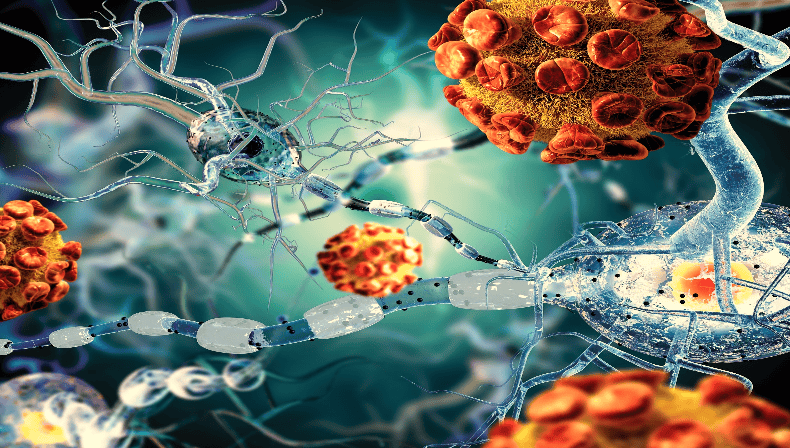
중증 근무력증(MG)은 면역학적 병인론을 가진 원형 신경근 질환입니다. 골격근의 시냅스 공간 사이의 아세틸콜린 수용체(AChR)에 대한 자가항체의 존재로 인해 주로 신경근 접합부를 통해 시냅스 전달에 영향을 미치는 후천성 자가면역 질환입니다. 이는 신경근 전달 장애 및 변동하는 근육 약화 및 피로와 같은 해당 임상 증상으로 이어집니다.
이 질환은 항콜린에스테라제 제제, 신속한 면역 조절 요법, 만성 면역억제제 및 흉선 절제술을 포함하는 요법으로 효과적으로 관리할 수 있습니다. 치료는 개별화되어 있으며 환자의 연령, 질병의 심각도(특히 호흡기 또는 연수 침범에 의해 결정됨) 및 진행 속도에 따라 달라집니다. MG 치료의 목표는 환자가 최소한의 증상을 보이거나 더 나아지면서 약물 부작용을 최소화하는 것입니다. MG는 만성적이지만 치료 가능한 질환이며 많은 환자가 증상의 지속적인 완화와 완전한 기능적 능력을 달성할 수 있습니다.
보고서의 TOC에 대한 자세한 분석은 다음을 통해 찾아보십시오.: https://univdatos.com/report/global-myasthenia-gravis-pipeline–analysis-2019
대부분의 환자는 증상 치료 외에 면역억제가 필요합니다. 프레드니솔론과 아자티오프린은 1차 선택 약물이며, 여러 2차 선택 옵션이 권장되고 고려되고 있습니다. 중증 근무력증 치료를 위해 시판되는 제품에는 에쿨리주맙(Alexion Pharmaceuticals), 타크로리무스(Astellas Pharma) 등이 있습니다. 중증 근무력증 치료제 개발에 참여하는 주요 업체로는 Akari Therapeutics, Alpha Cancer Technologies, AnTolRx, Argenx 등이 있습니다.
중증 근무력증 파이프라인 분석
보고서 세분화
단계별 제품 범위
- 3상
- 2상
- 1상
- 전임상
- 발견
- 휴면
- 중단
단계별 치료 평가
- 제품 유형
- 투여 경로
- 분자 유형
분석된 주요 기업
- Akari Therapeutics
- Alpha Cancer Technologies
- AnTolRx
- Argenx
- Catalyst Pharmaceuticals
- CSL Behring
- CuraVac
- Grifols Therapeutics
- GT Biopharma
- Hibernaid
- Immunovant (Roivant Sciences)
- Momenta Pharmaceuticals
- Novartis
- Protalex
- Ra Pharmaceuticals
- Toleranzia
- Tolerion
- UCB Pharma
콜백 받기
